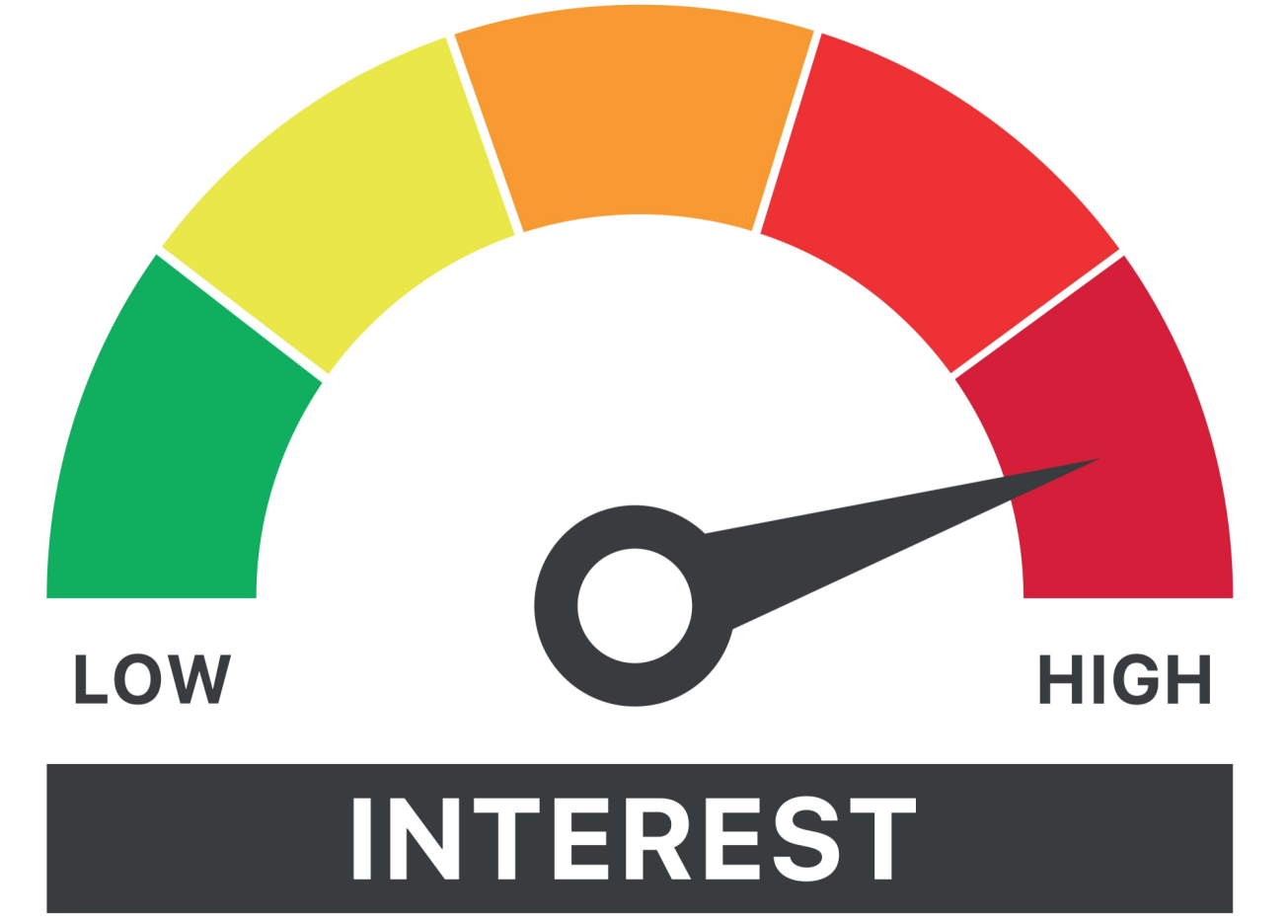Understanding interest rates, inflation and bonds. How do they influence each other?
Interest rates and inflation are important financial concepts, especially when it comes to bonds, but do you know how they are related and affect each other? In this article, we will discuss each of these elements and explain why they are important.
treasuries
Bonds are fixed-income securities that enable entities, or "issuers," to raise capital by borrowing from investors and promising to repay the bondholder at a later date. There are government bonds, which are issued by the government, and corporate bonds, which are issued by companies.
A bond represents a stream of future cash payments, and when the bond reaches maturity, capital is returned from the borrower (issuer) to the lender (investor). Cash flows are called "coupon rate" and represent a nominal amount paid as a cash flow for each given period. Although bonds may be initially issued at a specific yield, they can be resold on the secondary market, where the yield will vary depending on the price set in the open market.
Interest rates
 Interest rates are set by central banks, such as: Federal Reserve in Usa. Rates determine the cost of borrowing and the return on savings accounts in a given country. Central banks adjust these rates to control inflation and the money supply and promote economic growth. During an economic downturn or recession, central banks typically lower interest rates to encourage borrowing and stimulate spending, hoping to spur growth. Conversely, during periods of economic growth or high inflation, the central bank may raise interest rates to curb excessive spending and borrowing, generally slowing down phenomena such as demand-pull inflation.
Interest rates are set by central banks, such as: Federal Reserve in Usa. Rates determine the cost of borrowing and the return on savings accounts in a given country. Central banks adjust these rates to control inflation and the money supply and promote economic growth. During an economic downturn or recession, central banks typically lower interest rates to encourage borrowing and stimulate spending, hoping to spur growth. Conversely, during periods of economic growth or high inflation, the central bank may raise interest rates to curb excessive spending and borrowing, generally slowing down phenomena such as demand-pull inflation.
Inflation
Inflation is the increase in the price level of goods and services in an economy over time, sometimes referred to as the erosion of the purchasing power of money. Although moderate inflation can be beneficial because it encourages spending rather than saving, which usually causes economic growth, excessive inflation can harm the economy. Therefore, countries often track their overall price level using the Consumer Price Index (CPI): a weighted basket of goods that average consumers in a given country are likely to buy. The CPI measures the change in the overall price of this basket of goods, and the percentage change in the CPI over time is used to determine the rate of inflation over a specific period, usually annually, monthly, or both. Typically, central banks have their own "inflation target", at which they want to keep inflation through changes in interest rates. For example, the Fed currently has an inflation target of 2%.
The relationship between inflation and interest rates
Interest rates and inflation have an inverse relationship, and changing interest rates is how central banks typically control (manage) inflation. When interest rates are lowered, inflation tends to increase, and when interest rates are raised, inflation tends to decrease. This is because lower interest rates allow money, and therefore cheaper consumption, to increase overall economic demand because everyone actually has greater access to money to buy goods and services. However, this does not immediately result in a corresponding increase in the factors of production. This results in higher prices, called demand-pull inflation. Conversely, when interest rates are raised, consumption and investment actually become more expensive because the cost of borrowing money is now more expensive. Higher interest rates encourage saving rather than spending because saving now has a higher rate of return. These factors reduce overall demand in the economy and thus slow down inflation. However, central banks such as the Fed must also carefully balance inflation with other macroeconomic factors when deciding on interest rates, such as: unemployment.
FP Markets with commission discount up to -30%
The FP Markets broker is a partner of the Forex Club website. Our Club Members receive up to: -30% lower spreads i -25% lower commissions compared to standard rates.
The relationship between interest rates and bonds
Interest rates and bonds are inversely correlated, meaning they move in opposite directions. If interest rates rise due to market dynamics or central banks, newly issued bonds offer higher yields that reflect these rates. As a result, existing lower yield bonds become relatively less attractive. This reduction in demand causes the prices of these existing bonds to fall to provide potential buyers with a more competitive yield. Conversely, when interest rates fall, existing higher-yield bonds become more attractive than newly issued lower-yield bonds. This increase in demand causes prices of existing bonds to increase. Therefore, investors need to understand this inverse relationship – changes in interest rates can significantly impact value and profitability bonds in portfolios.
The relationship between bonds and inflation
Bond investors are hit hard by inflation because it slowly reduces the purchasing power of money. This has a negative impact on bonds because they provide fixed income and future income streams do not change to reflect inflation. As inflation increases, the real value of fixed interest payments and the value of the principal received at bond maturity decreases. This is why real profitability (bond yield adjusted for inflation) may become less attractive. Higher inflation could cause central banks to raise interest rates to counter rising prices, which would further depress bond prices due to the inverse relationship between interest rates and bond prices. As a result, bonds tend to perform poorly in an inflationary environment, making them less attractive to investors looking to preserve or grow their wealth.
Summation
Bonds, interest rates and inflation are closely related, and understanding each of these elements is important to understanding the interplay in the economy and financial markets. They affect other markets such as shares, ETFs, currencies, and even kryptowaluty.
Investments in OTC market instruments, including currency exchange rate (CFD) contracts, due to the use of the leverage mechanism, entail the possibility of incurring losses exceeding the value of the deposit. It is not possible to make a profit on transactions on OTC instruments, including currency exchange contracts (CFDs) without risking a loss, therefore contracts for exchange differences (CFDs) may not be suitable for all investors.






















![Forex Club – Tax 9 – Settle tax on a foreign broker [Download the Application] Forex Club - Tax 9](https://forexclub.pl/wp-content/uploads/2024/02/Forex-Club-Podatek-9-184x120.jpg?v=1709046278)
![Trading View platform – solutions tailored to the needs of traders [Review] trading view review](https://forexclub.pl/wp-content/uploads/2024/03/trading-view-recenzja-184x120.jpg?v=1709558918)
![How to connect your FP Markets account to the Trading View platform [Guide] fp markets trading view](https://forexclub.pl/wp-content/uploads/2024/02/fp-markets-trading-view-184x120.jpg?v=1708677291)
![How to invest in ChatGPT and AI? Stocks and ETFs [Guide] how to invest in chatgpt and artificial intelligence](https://forexclub.pl/wp-content/uploads/2023/02/jak-inwestowac-w-chatgpt-i-sztuczna-inteligencje-184x120.jpg?v=1676364263)


![WeWork – the anatomy of the collapse of a company valued at $47 billion [WeWork, part II] wework bankruptcy story](https://forexclub.pl/wp-content/uploads/2024/04/wework-bankructwo-historia-184x120.jpg?v=1711729561)
![Adam Neumann – the man who screwed up Softbank [WeWork, part AND] adam neumann wework](https://forexclub.pl/wp-content/uploads/2024/04/adam-neumann-wework-184x120.jpg?v=1711728724)





![How to transfer shares to another brokerage office [Procedure description] how to transfer shares to another brokerage house](https://forexclub.pl/wp-content/uploads/2024/03/jak-przeniesc-akcje-do-innego-biura-maklerskiego-184x120.jpg?v=1709556924)

![The most common mistakes of a beginner trader - Mr Yogi [VIDEO] Scalping - The most common mistakes of a beginner trader - VIDEO](https://forexclub.pl/wp-content/uploads/2024/03/Scalping-Najczestsze-bledy-poczatkujacego-tradera-VIDEO-184x120.jpg?v=1711601376)
![Learning patience: No position is also a position - Mr Yogi [VIDEO] Scalping - Learning patience - No position is also a position - VIDEO](https://forexclub.pl/wp-content/uploads/2024/03/Scalping-Nauka-cierpliwosci-Brak-pozycji-to-tez-pozycja-VIDEO-184x120.jpg?v=1710999249)
![When to exit a position and how to minimize losses - Mr Yogi [VIDEO] Scalping - When to exit a position and how to minimize losses - VIDEO](https://forexclub.pl/wp-content/uploads/2024/03/Scalping-Kiedy-wyjsc-z-pozycji-i-jak-minimalizowac-straty-VIDEO-184x120.jpg?v=1710336731)


















